Birds of Spain2nd Edition
El precio original era: $37.76.$33.98El precio actual es: $33.98.
Autor/a
Ilustrador
En stock
El precio original era: $37.76.$33.98El precio actual es: $33.98.
Peso
0.55 kg
Dimensiones
2 × 13 × 21 cm
Idioma
Inglés
Formato
Rústica
Páginas
288
Fecha de publicación
December 2024
Publicado por
Lynx Nature Books
Descripción
Birds of Spain, 2nd Edition – La guía de campo definitiva sobre la avifauna española
La segunda edición de Birds of Spain se basa en la cuarta edición, completamente renovada y actualizada, de Aves de España, la guía de campo más popular para la identificación de las aves de España, recomendada por SEO/BirdLife.
Cuenta con la información más precisa y reciente sobre todas las especies de aves presentes en territorio español., con mapas, ilustraciones y contenido digital actualizados.
- Incluye España Peninsular, Ceuta, Melilla y las islas Baleares y Canarias.
- 599 especies, 191 de ellas ocasionales o accidentales y 5 extinguidas.
- Más de un millar de dibujos en color que muestran los principales detalles para identificar las especies en el campo, con 129 nuevos en esta edición.
- Más de 300 mapas detallando las áreas de presencia a lo largo del año.
- Códigos QR que enlazan con la Guía de Aves de España, de SEO/BirdLife, ofreciendo acceso a textos complementarios, dibujos, vídeos, fotografías y grabaciones de cantos y otras voces.
Esta edición está dirigida a un público amplio, desde principiantes en la observación de aves hasta ornitólogos experimentados que buscan una referencia fiable y completa sobre las aves de España.
Incluye una lista detallada de referencias, que destaca las publicaciones recientes más importantes sobre la avifauna española, como atlas ornitológicos, avifaunas regionales e informes de aves, tanto impresos como online. Además, esta guía recomienda recursos adicionales de identificación y guías sobre dónde observar aves en España.
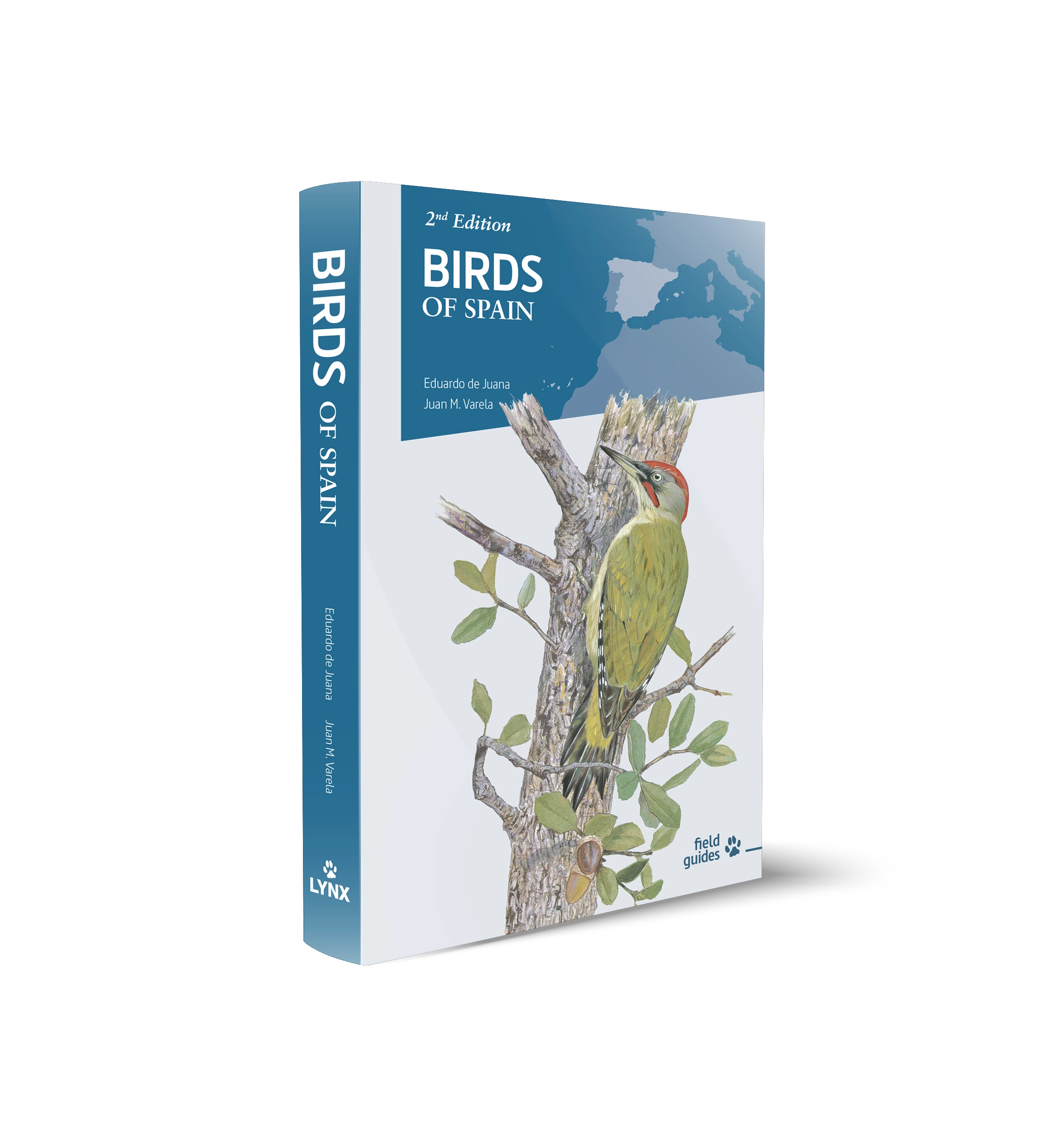
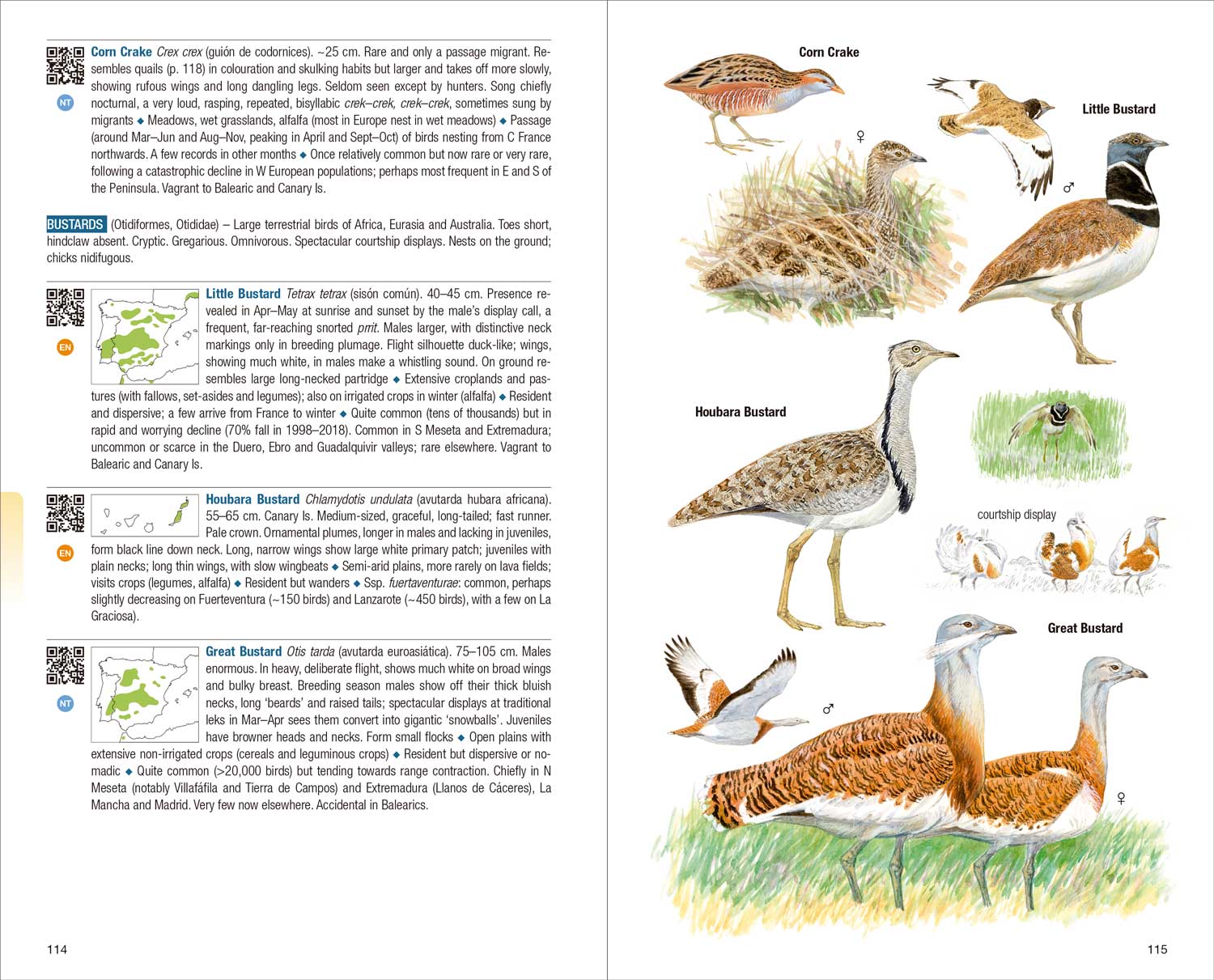
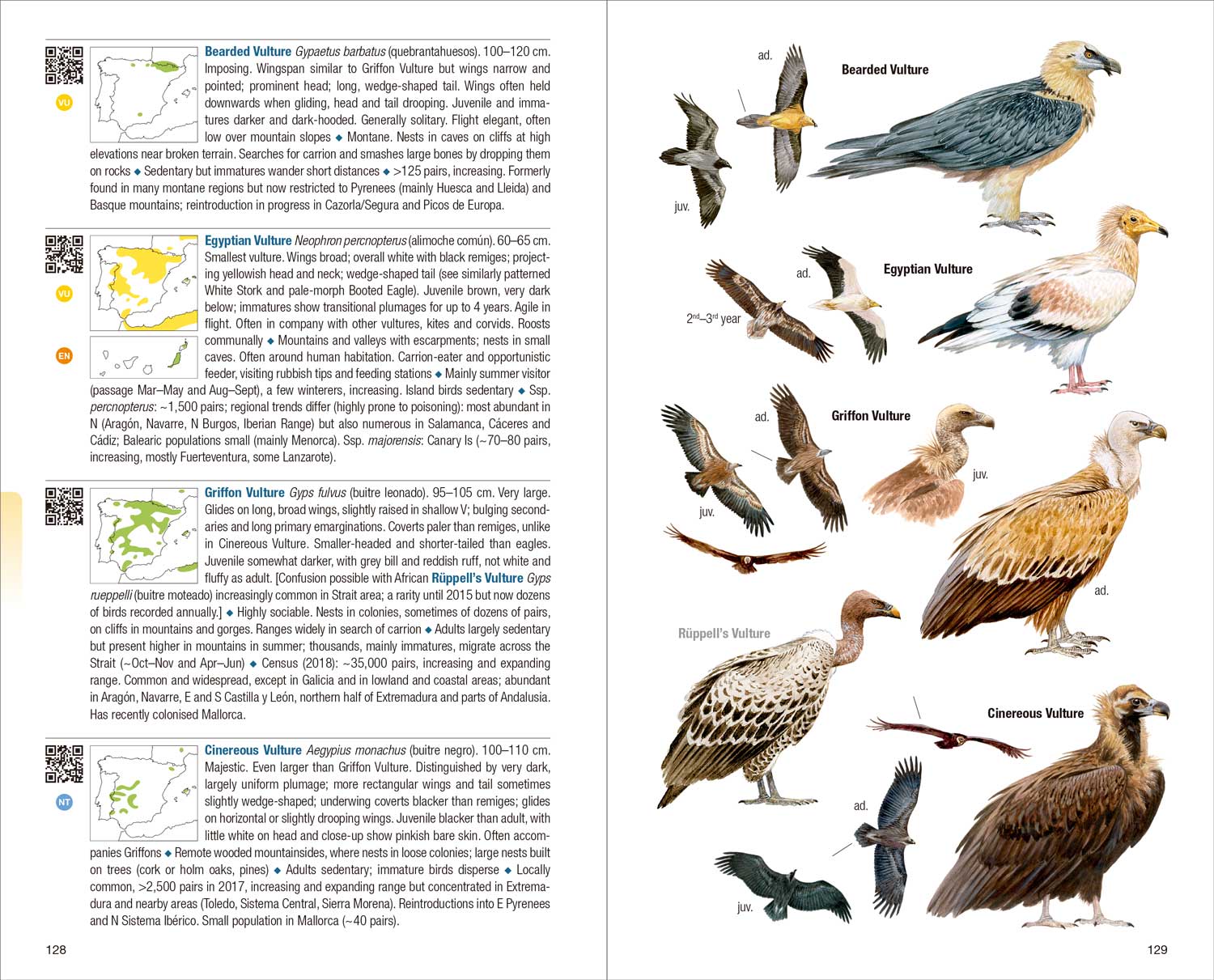
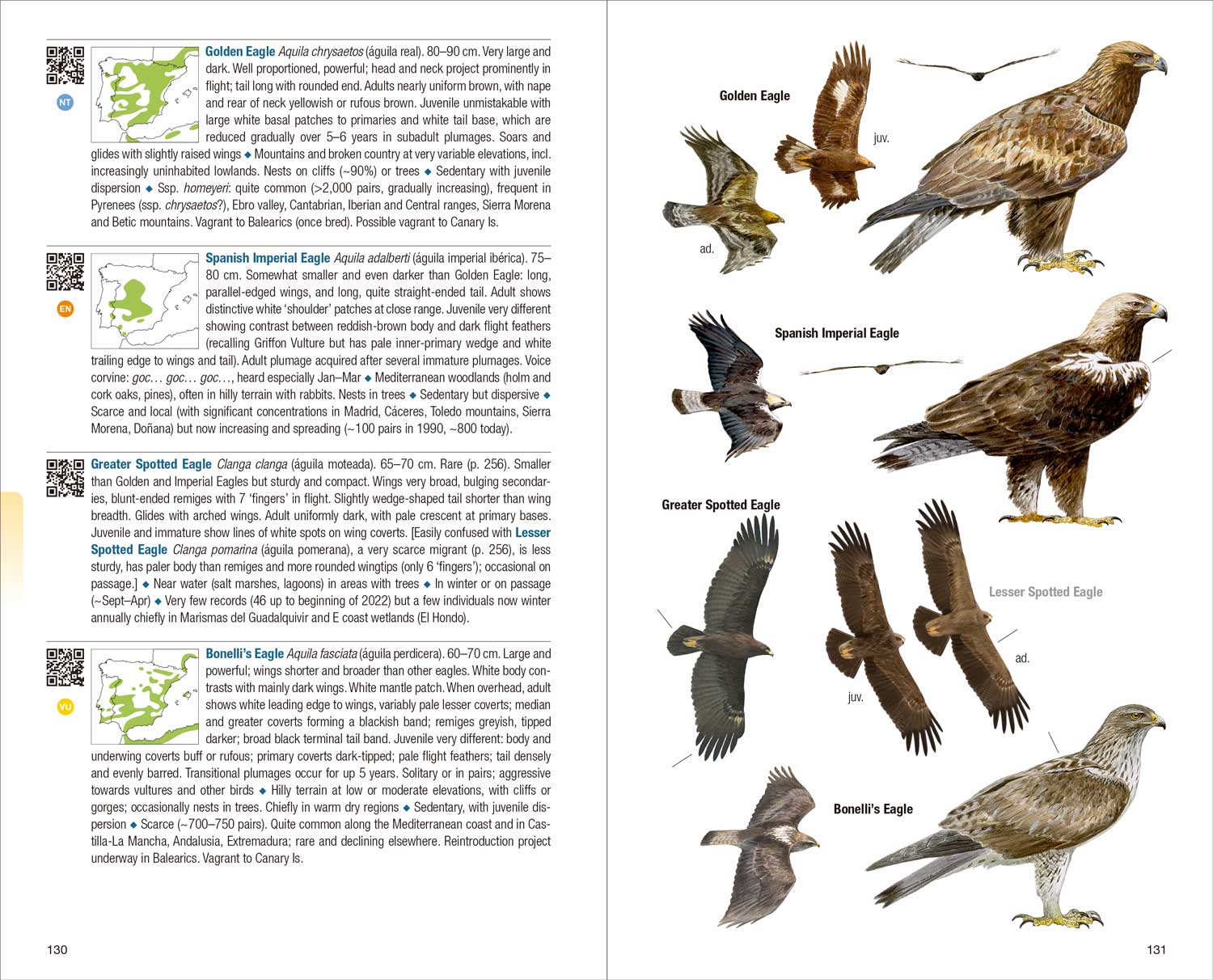
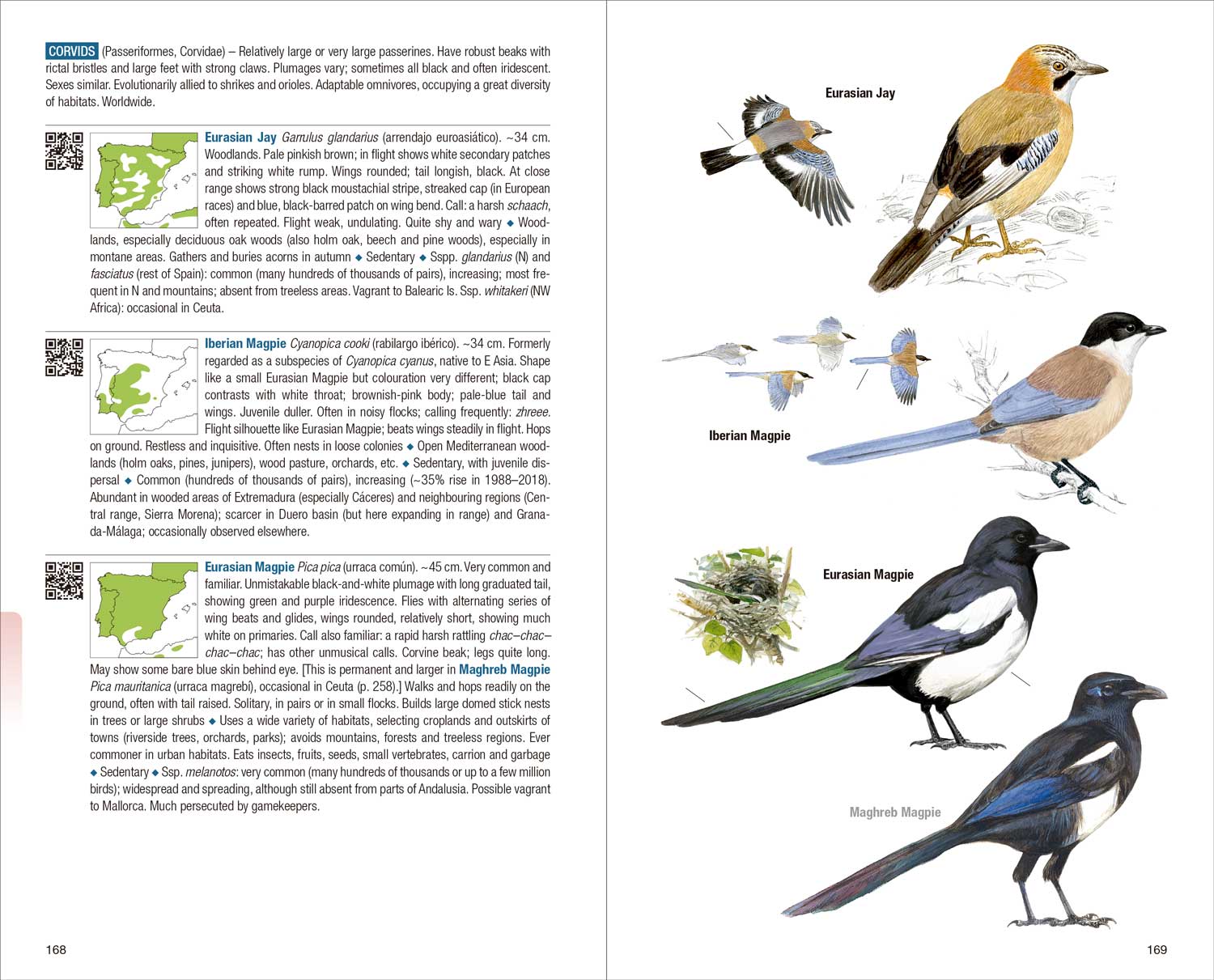
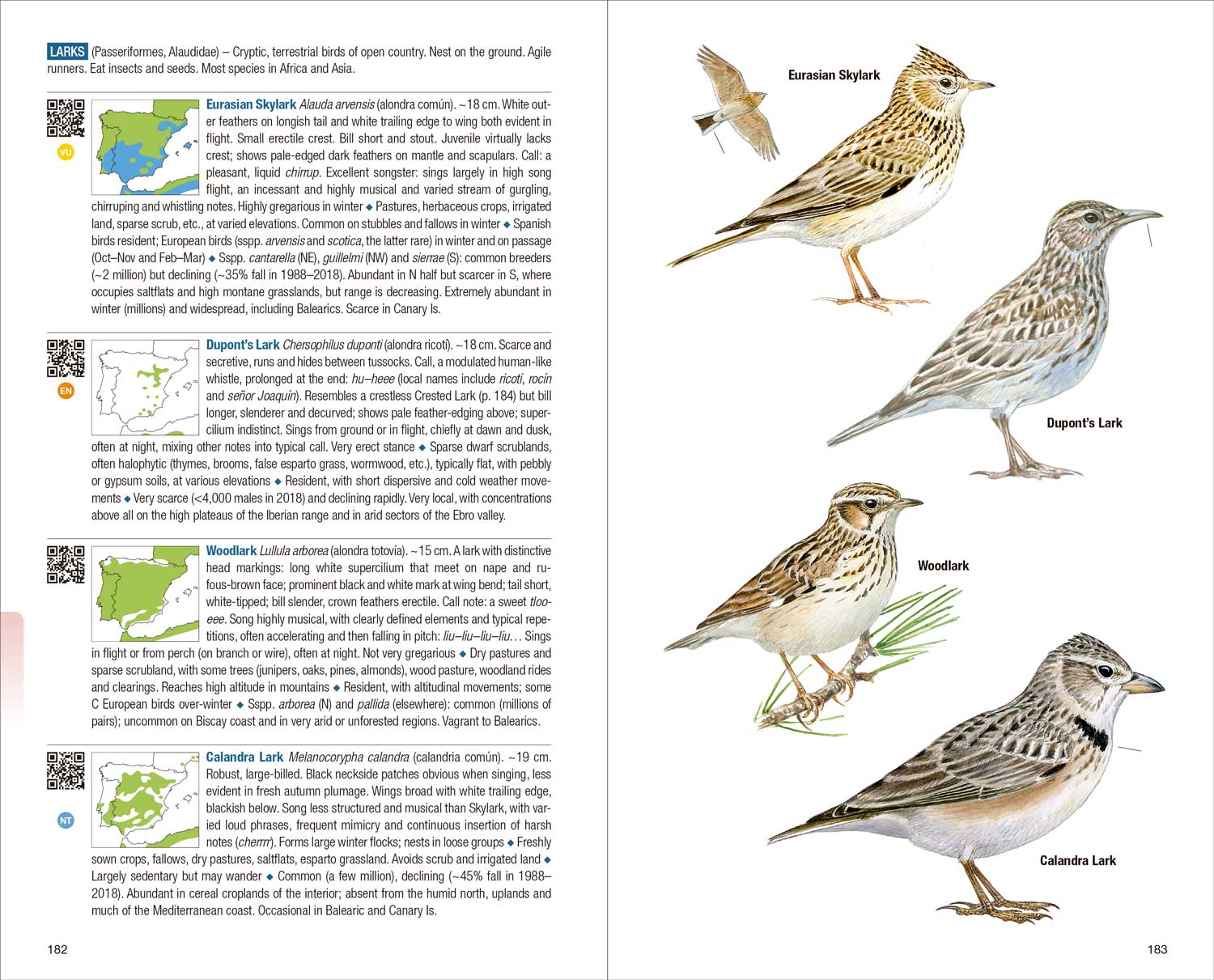
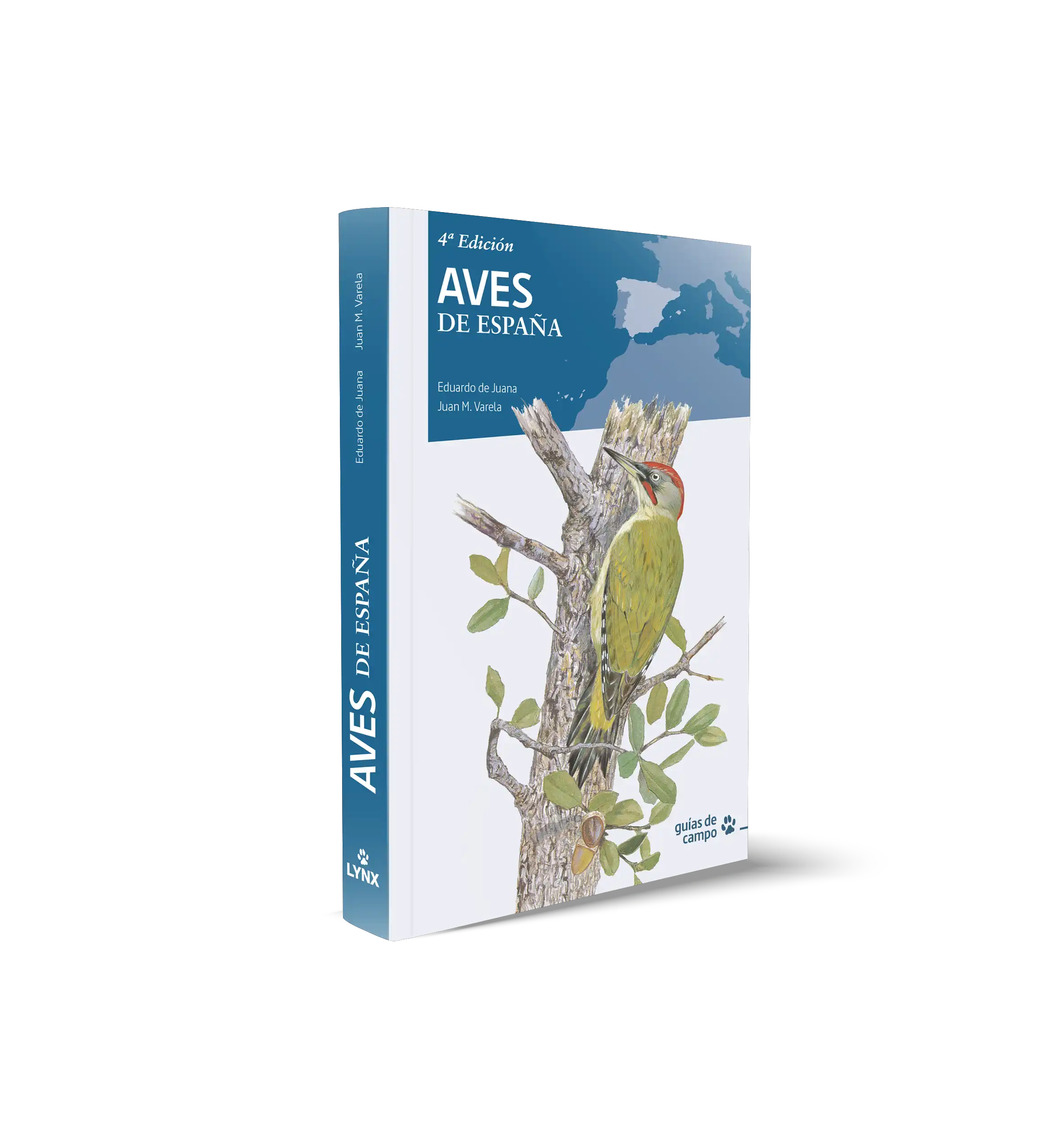
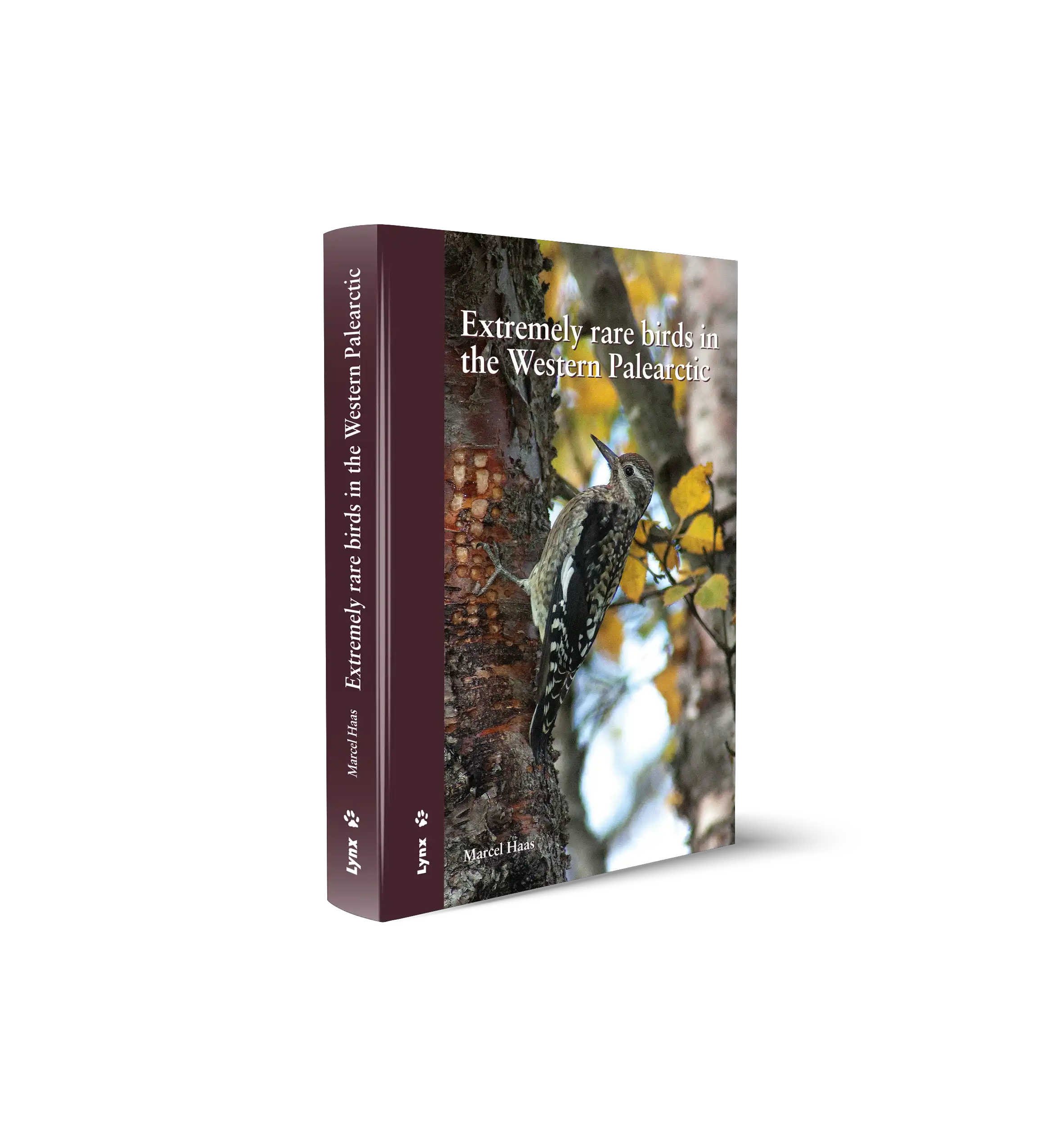
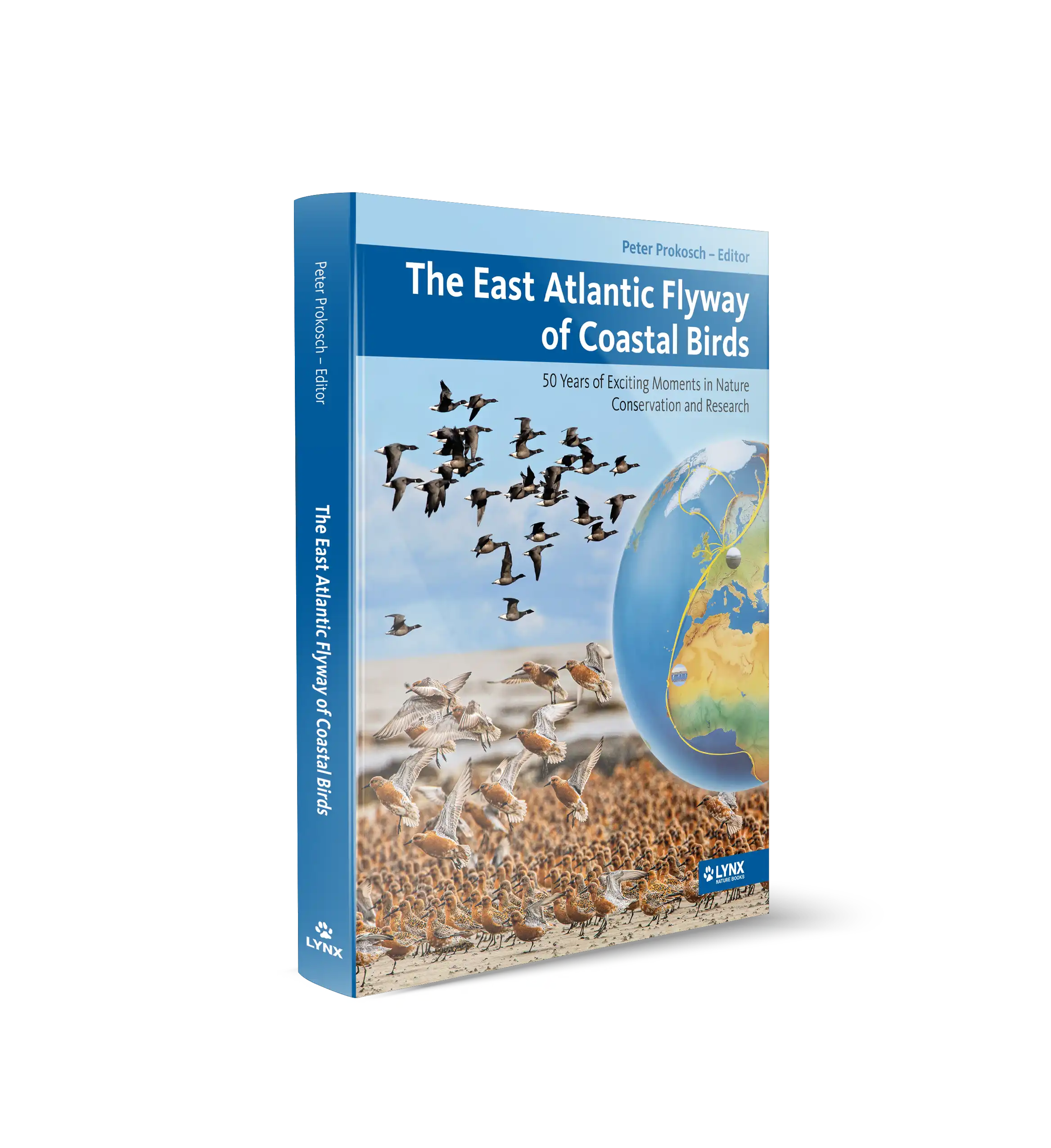
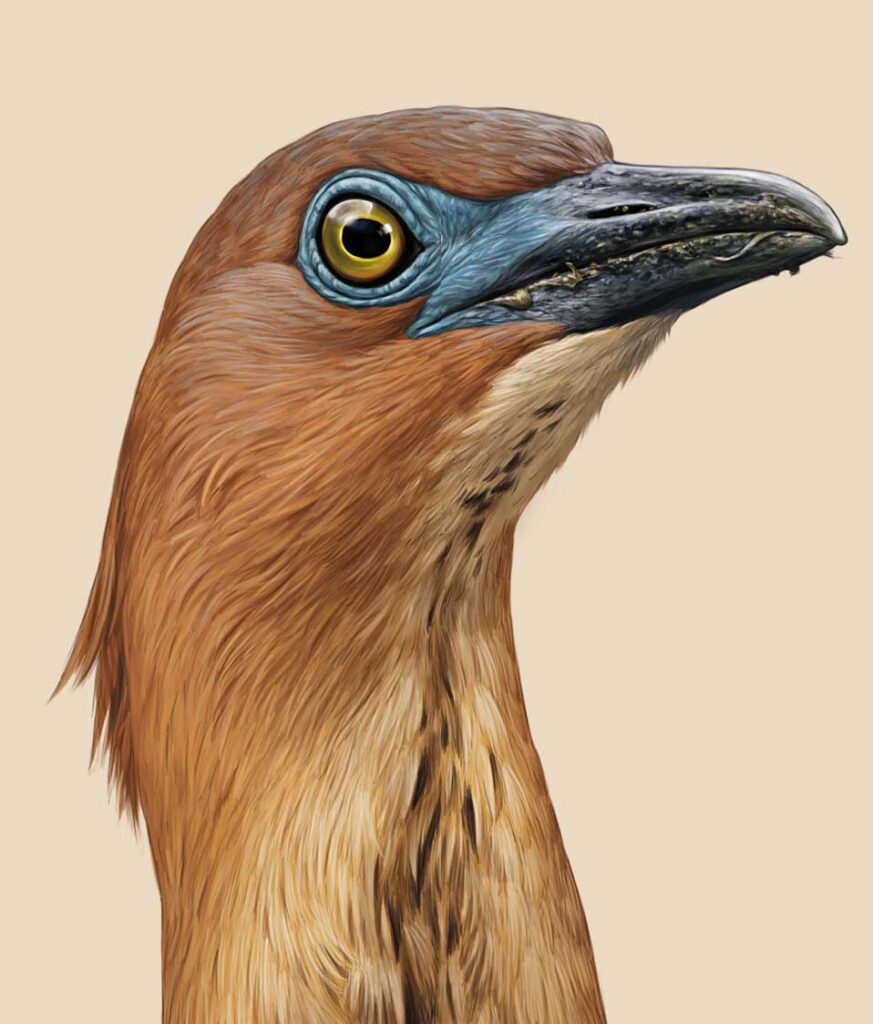
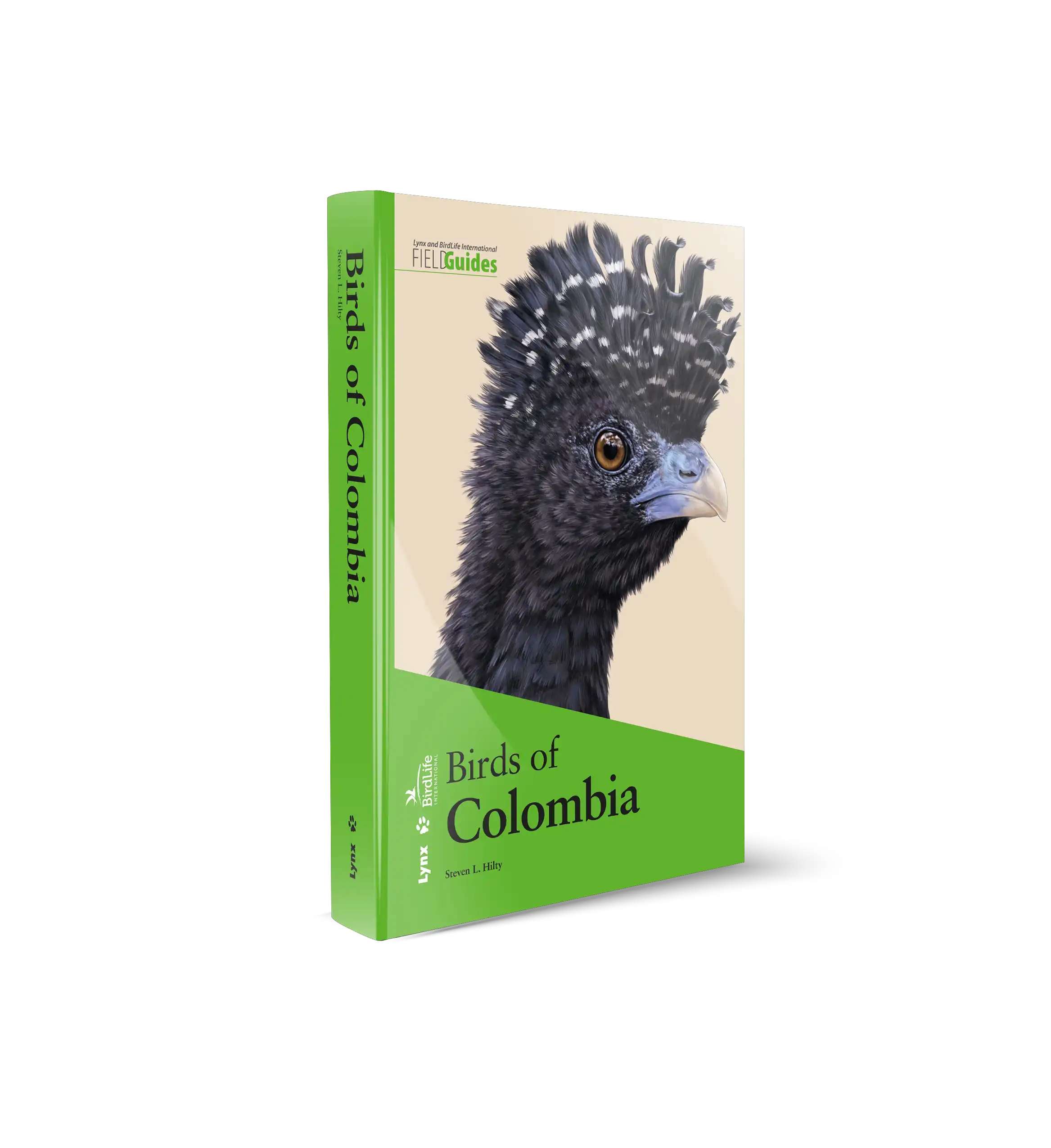
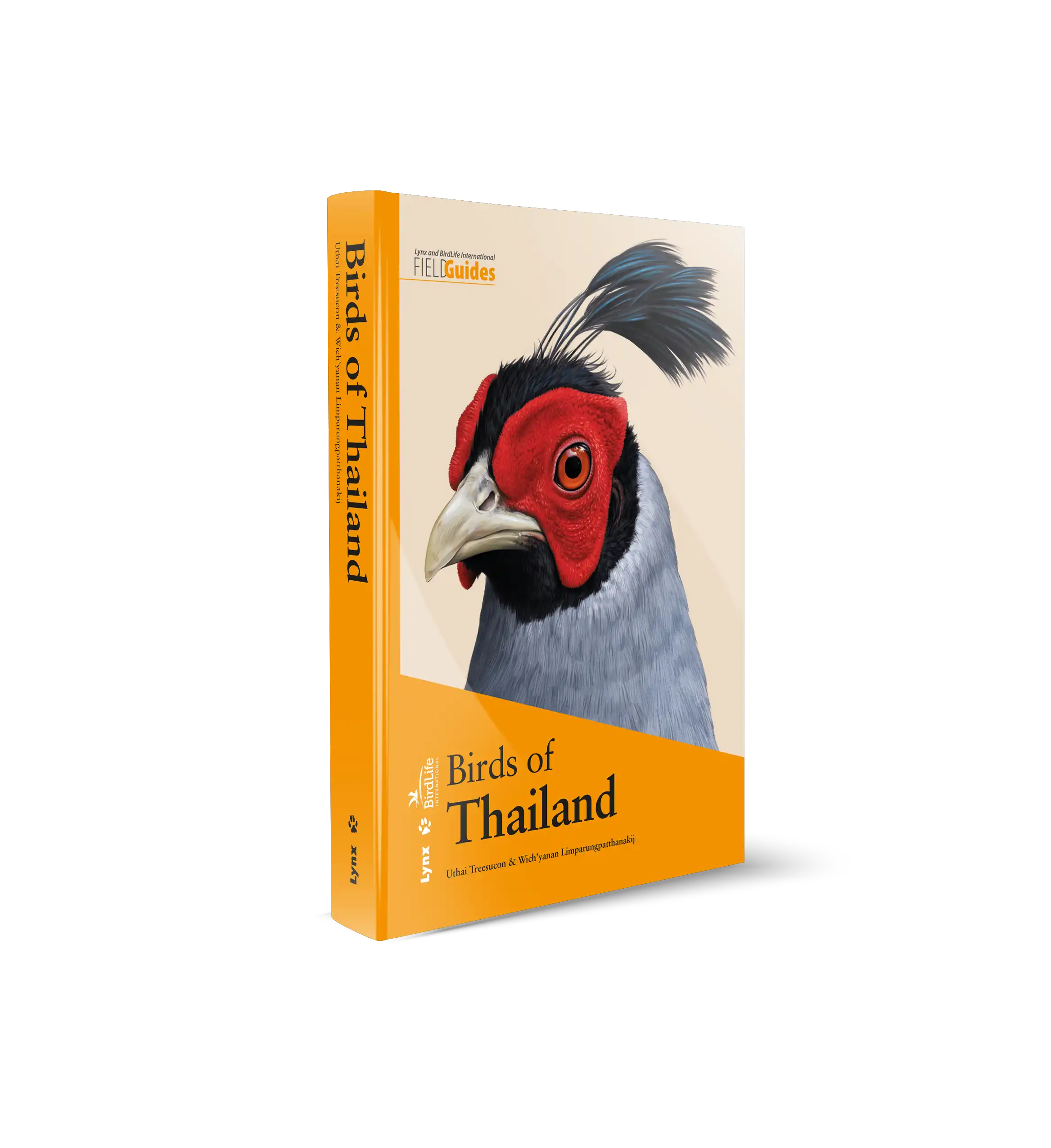
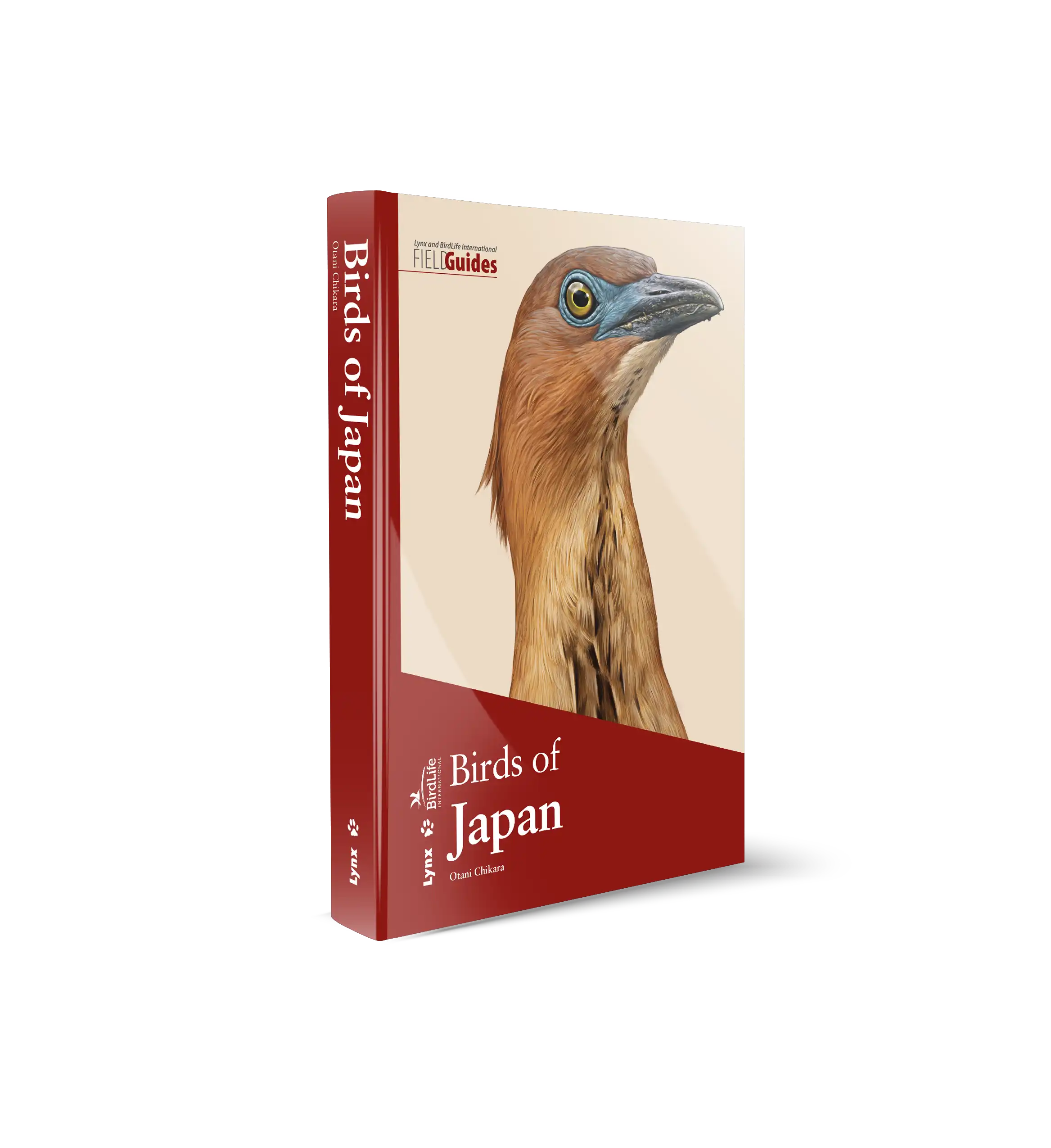








 Copyright 2025 © Lynx Nature Books
Copyright 2025 © Lynx Nature Books
Gehan de Silva Wijeyeratne –
My spontaneous reaction to this book was an overarching impression of a book that seems clean and fresh and friendly to people whose birding is at a beginner or intermediate level. However, I should immediately add that the quality of the text and the structure of information is good enough to satisfy experienced birders. So why does this book seem like a ‘friendly’ book for newcomers.
The answer seems to lie in the illustrations being much bigger, perhaps twice the size of other field guides. Plus, there is a pleasing painterly touch to the illustrations. This does not detract from the accuracy. The illustrations are life-like and have the accuracy of detail expected from an advance field guide. But nevertheless, they are pleasing and an interesting departure from the photo-realism style that has become more normal. Also, it may actually help newcomers to birding to have a book where the illustrations are easier on the eye and not too busy with several illustrations of different age class or sub-species plumages.
The identification aspects of the text is very good and reflects much of the recent advances in bird identification. In fact, as an ID guide, the book will work well anywhere in Europe for the regularly occurring species. The book is also compact and lighter than European gold standard, the Collins Bird Guide. For European birders flying into Spain for a short break and needing to carry everything in a day pack on a budget airline, this book is a good alternative. Especially so if you are a regular to Spain and are interested in in the distribution text which is specific to Spain. However, the clear, distribution maps cover the whole of the Iberian Peninsula, quite often extending to the North African coast as well. I would have been quite happy to have had this book on my last visit to Portugal because it would have been perfectly adequate as field guide for Portugal as well.
The text on distribution and abundance is Spain-centric. This book will serve well the many native English-speakers who visit regularly or have a second home in Spain. But wherever you are live in Europe, it is always to compare and contrast the relative abundance of some species of birds in your home country versus another you are visiting. Visiting birders may find this extra information of interest as field guides often omit that level of detail to remain compact. But this book manages to fit extra information in concisely and even in some cases information on sub-species or similar species whilst keeping the book relatively compact.
The text facing the pages have clear distribution maps. As with other field guides by Lynx Nature Books there are QR codes as well, on the text page facing the plates. These take you to the SEO Birdlife’s Guia de Aves de Espana site in Spanish. What is most helpful is that you can then listen to the calls as well.
The main section ends with abbreviated accounts of rarities some of which are illustrated. The end pages include a good bibliography, a checklist of species, links to regional bird reports and other internet resources. All in all, its field guide that has been put together well and will be a good role model for other country level field guides which want to pack in a lot of information but nevertheless feel accessible those who have not crossed the line to being hard core birders.